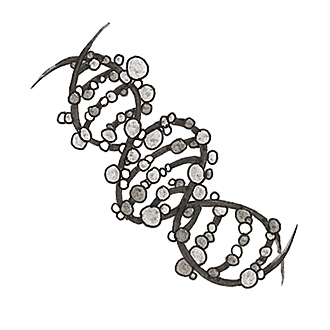
Related Questions
- What are thoughts made of?
- How do doctors detect cancer in the human body?
- Is sleep necessary?
- Can hearts, livers, and kidneys be grown in the lab for human transplants?
- How did life on Earth begin?
- How could biotechnology affect sports in the future?
- How does a random group of molecules form a thinking, breathing human?
- If I have a high risk of cancer, can my genes be modified to avoid it?
- Why don’t we get cancer of the hair or the fingernails?
- Could I put a computer chip in my brain to make me smarter?
Why can’t machines — or humans — sniff out drugs or explosives as well as dogs?
Humans have a vast olfactory system that includes close to 400 functional genes — more than are dedicated to any other function, but still not as many as dogs do…
By Deborah HalberSmell is one of the most complex and least-understood senses. Humans have a vast olfactory system that includes close to 400 functional genes — more than are dedicated to any other function. Animals such as dogs and mice have around 1,000 functional olfactory receptor genes.
That variety of receptors allows humans and animals to discern tens of thousands of distinct odors. Each odor activates multiple receptors, and this pattern of activation creates a signature that the brain can recognize as a particular scent. If researchers could isolate the receptor proteins that respond to each scent, they would potentially develop artificial noses to replace drug- and explosive-sniffing dogs and perform a myriad of other uses.
Engineers at MIT’s Center for Biomedical Engineering recently developed a method to isolate and purify these hard-to-work-with proteins, paving the way to work with researchers worldwide, including MIT’s Media Lab and Department of Biology, to develop a portable microfluidic device that can identify an array of different odors. This “artificial nose” could be used in medicine for the early diagnosis of certain diseases that produce distinctive odors, such as diabetes and lung, bladder and skin cancers, said Shuguang Zhang, associate director of the center and leader of the RealNose project.
Posted: December 18, 2008